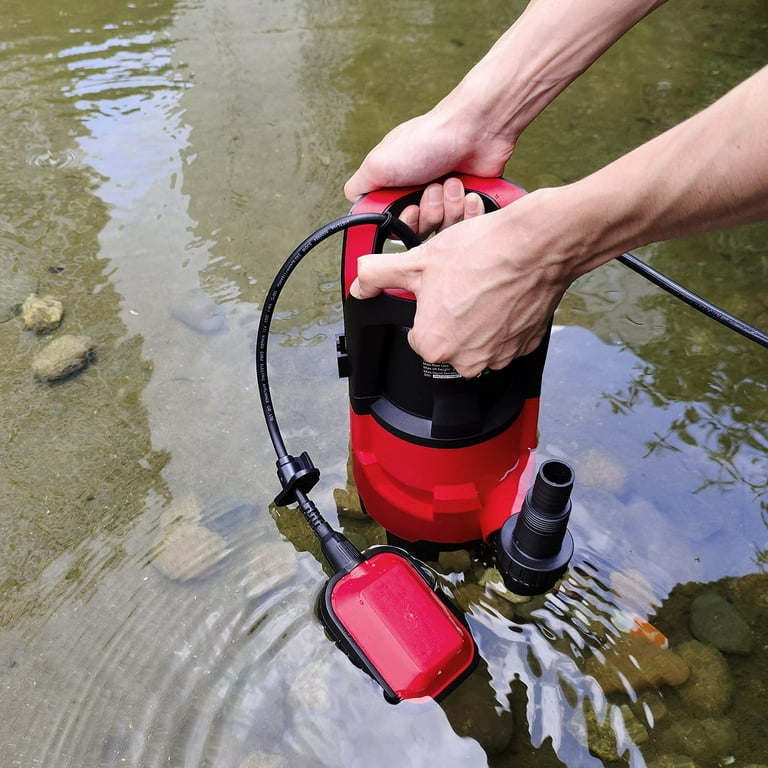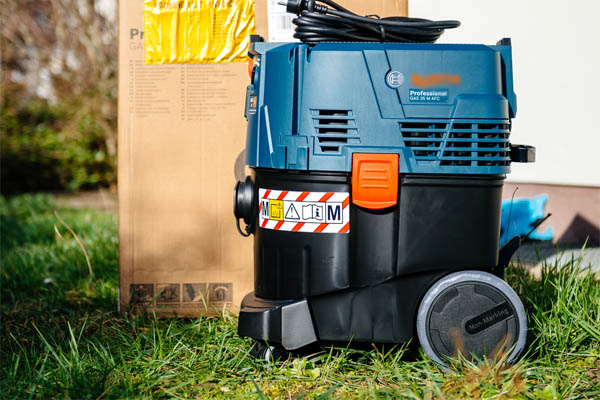We have encountered this post about Steps to Cleaning Your Sump Pump Properly below on the web and felt it made perfect sense to write about it with you on this page.

Sump pumps are vital components in lots of homes, particularly in locations susceptible to flooding or extreme wetness. They aid stop water damage by efficiently getting rid of excess water from cellars or crawl spaces. Nevertheless, like any other appliance, sump pumps require regular upkeep to guarantee they operate properly when needed one of the most. Cleaning your sump pump is a vital part of its upkeep, and recognizing how to do it properly can save you from pricey repairs and potential calamities.
Intro
Maintaining a tidy sump pump is crucial for its appropriate performance and durability. Overlooking this important job can cause clogs, malfunctions, and ultimately, water damages to your residential or commercial property. Consequently, finding out how to clean up a sump pump is critical for property owners who count on these devices to keep their cellars dry and secured.
Recognizing the Sump Pump
Prior to diving right into the cleaning process, it's essential to have a fundamental understanding of exactly how a sump pump works. Commonly mounted in a pit or basin below the basement floor, a sump pump contains numerous vital parts, consisting of a pump, a float button, and a discharge pipeline. When water collects in the pit, the float button activates the pump, which after that pumps the water out via the discharge pipeline, far from the building's foundation.
Signs of a Dirty Sump Pump
Knowing when your sump pump requires cleaning is vital for stopping prospective malfunctions. Some common indications that indicate a dirty sump pump consist of odd noises during procedure, lowered water circulation, and noticeable particles in the pit. If you discover any one of these signs and symptoms, it's necessary to clean your sump pump promptly to stay clear of any type of further concerns.
Getting ready for Cleansing
Prior to you start cleaning your sump pump, it's necessary to take some safety and security preventative measures. Beginning by shutting off the power to the pump to avoid any type of electric accidents. In addition, wear suitable safety gear, such as gloves and safety glasses, to protect on your own from dirt, debris, and potential microorganisms.
Detailed Guide to Cleaning a Sump Pump
Shutting Off the Power
Begin by disconnecting the power supply to the sump pump to avoid any crashes while cleansing.
Getting Rid Of Debris and Dirt
Make use of a bucket or a scoop to get rid of any noticeable particles, dust, or sediment from the sump pit. Dispose of the particles appropriately to avoid it from blocking the pump or the discharge pipe.
Cleaning the Pump and Float Switch
Once the pit is free from particles, carefully eliminate the pump from the pit. Check the pump and the float button for any signs of damages or wear. Make use of a soft brush or fabric to cleanse the surfaces and eliminate any kind of accumulated grime.
Flushing the System
After cleaning the pump and float switch, flush the sump pit with tidy water to get rid of any kind of staying dust or sediment. This will certainly aid guarantee that the pump runs smoothly and effectively.
Looking For Appropriate Performance
Prior to reinstalling the pump, execute a quick test to make certain that the float switch activates the pump appropriately. Put some water right into the sump pit and observe the pump's operation. If whatever is operating properly, you can reassemble the pump and reconnect the power supply.
Maintenance Tips to Maintain Your Sump Pump Clean
In addition to routine cleansing, there are a number of upkeep tips you can comply with to maintain your sump pump in optimum problem:
- Normal Assessment: Check your sump pump routinely for any type of indications of wear, damages, or blockages.
- Keeping the Surrounding Location Clean: Guarantee that the area around the sump pit is without debris, dirt, and obstructions.
- Checking the Pump Periodically: Evaluate your sump pump regularly by putting water into the pit and observing its operation. This will certainly assist you identify any kind of prospective concerns prior to they intensify.
Conclusion
Cleansing your sump pump is an important element of its upkeep and makes sure that it runs effectively when you need it the most. By following the actions outlined in this guide and including normal upkeep right into your regimen, you can expand the life-span of your sump pump and secure your home from water damage.
How To Inspect And Clean A Sump Pump
There are a few things you may want to look for when inspecting your sump pump. These include:
- Leaks: If you notice any leaks around the sump pump, it likely needs to be repaired or replaced.
- Mud or Water: If there is any mud or water around the sump pump, it’s likely that it’s not working properly and needs to be cleaned.
- Noises: If you hear any strange noises coming from the sump pump, it may be indicative of a problem.
Next, you’ll need to clean the sump pump. If you notice any of these issues, it’s best to clean the sump pump as soon as possible. To do this, you’ll need to remove the pump from its housing. Be sure to have a bucket handy to catch any water that may spill out. Once the pump is removed, use a brush or a spray nozzle to clean off all of the mud and debris. You may also want to check the impeller for damage or wear and tear. If you find any damage, you’ll need to replace the pump.
Once the pump is clean, reattach it to its housing and replace any parts that were removed. Be sure to test the pump before putting everything back in place. Once everything is back in order, put the cover back on the sump pit and refill it with water.
https://elekplumbing.com/blog/how-to-inspect-and-clean-a-sump-pump/

As a keen person who reads about Steps to Cleaning Your Sump Pump Properly, I was thinking sharing that excerpt was a smart idea. For those who appreciated our blog post plz do not forget to pass it around. Thank-you for going through it.
Click Here
Comments on “An Definitive Guide to Taking Care of a Sump Pump”